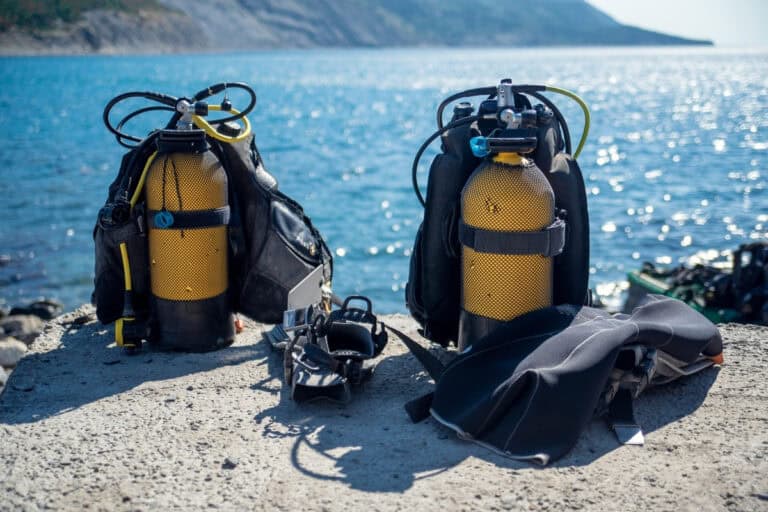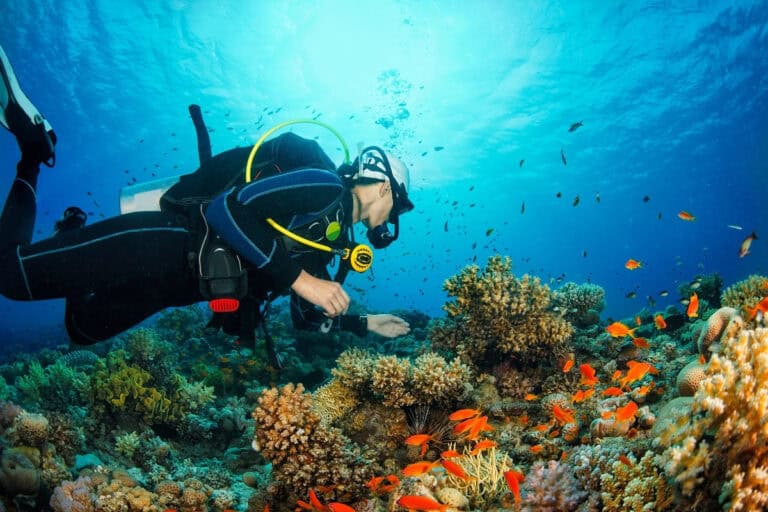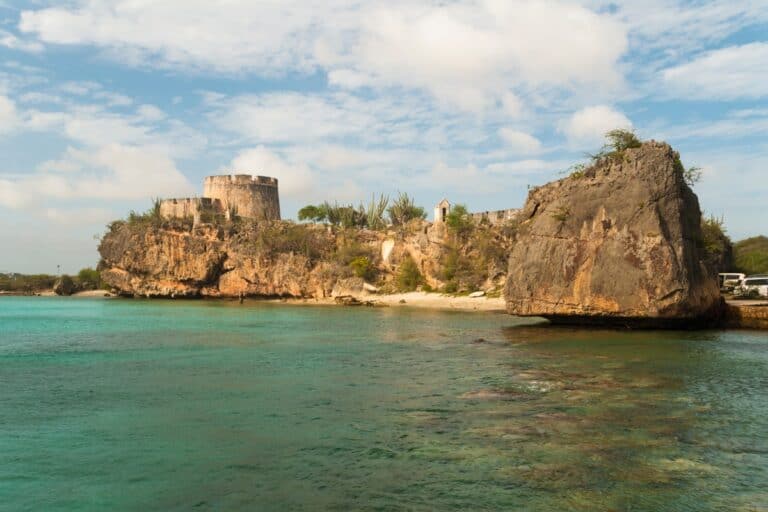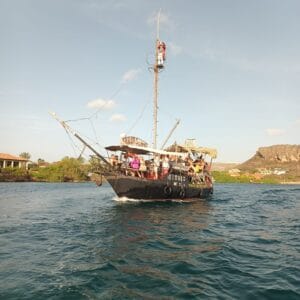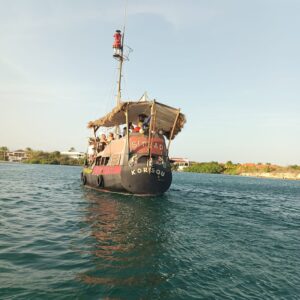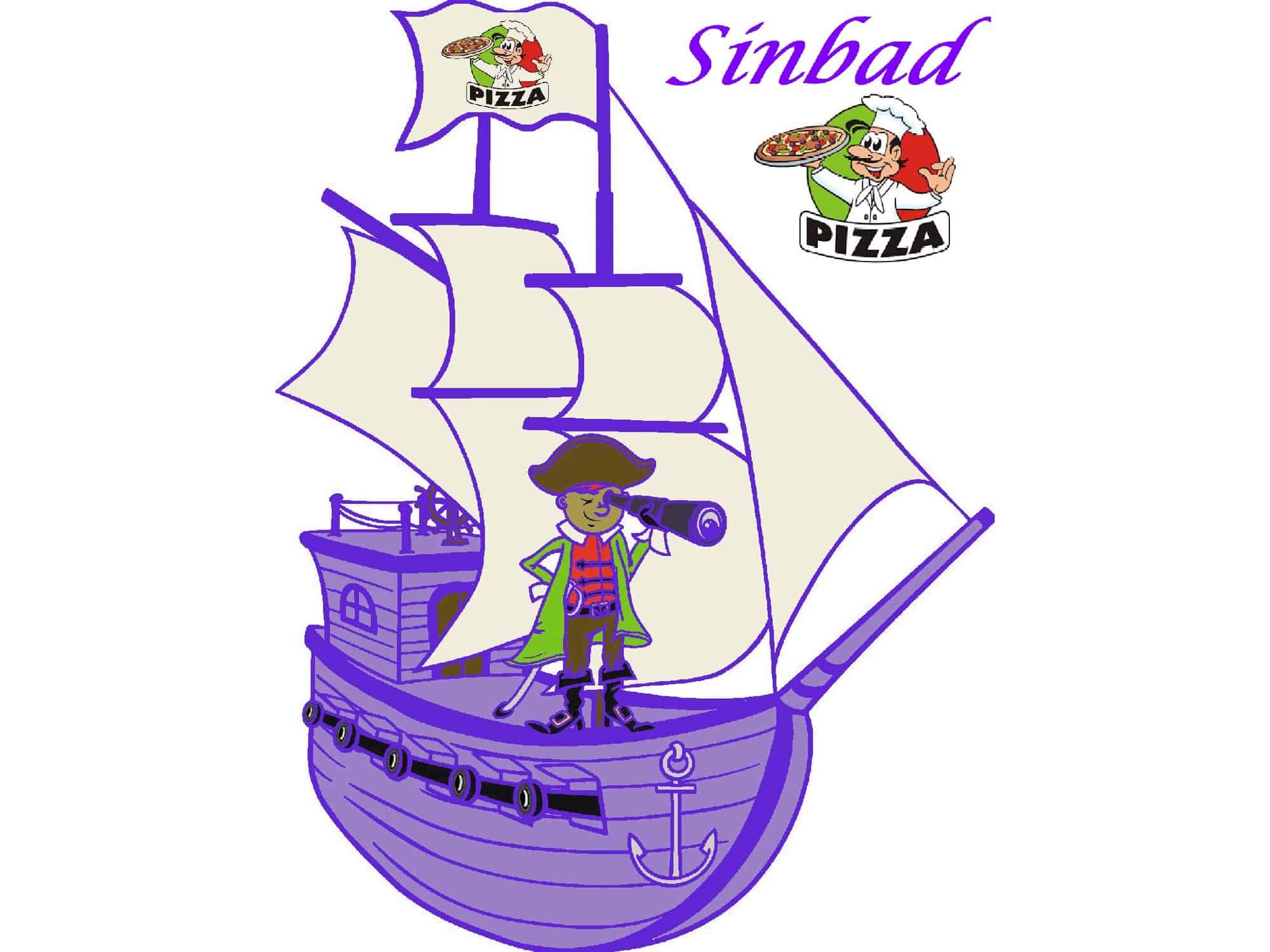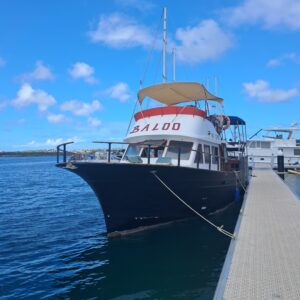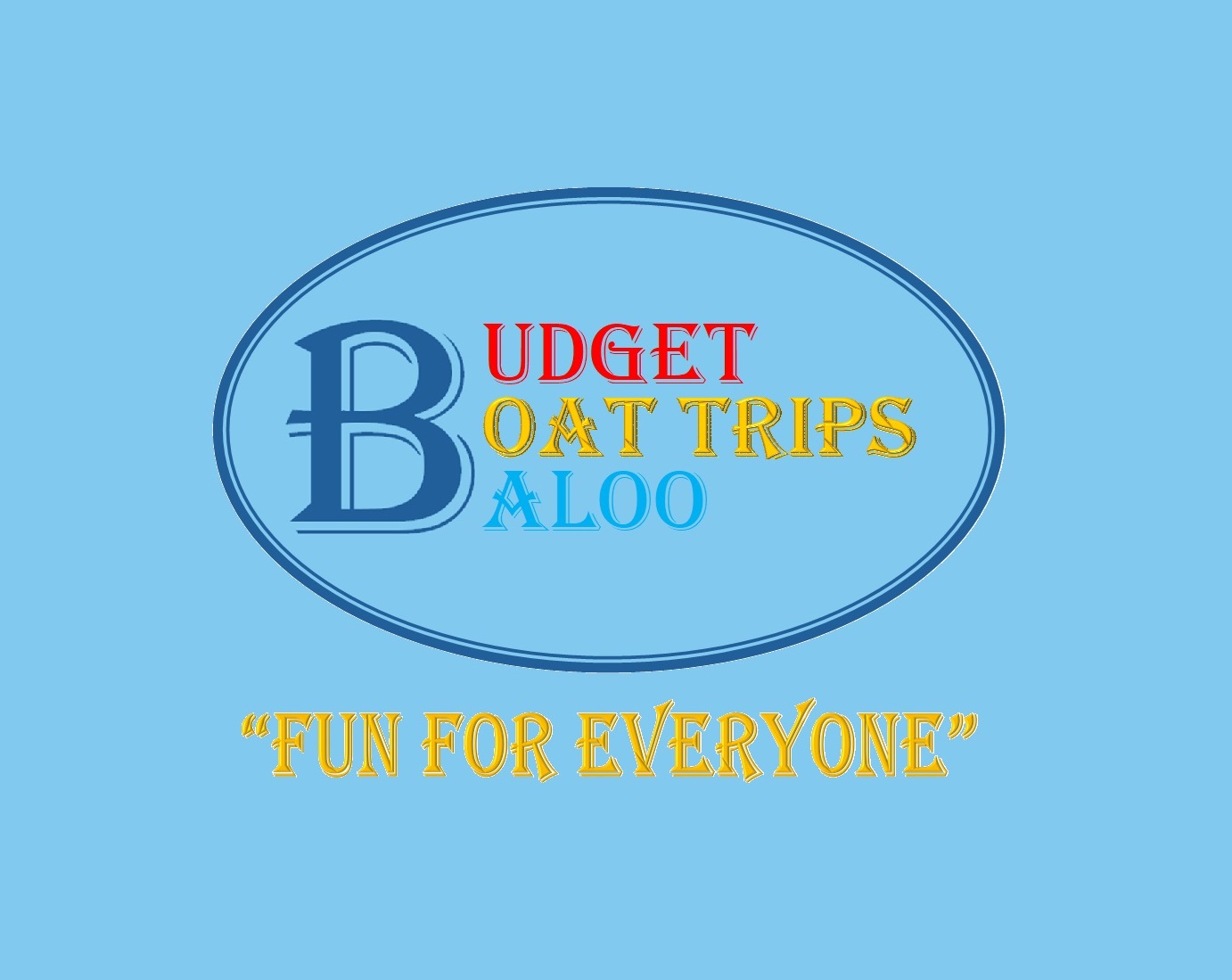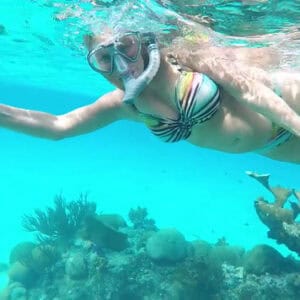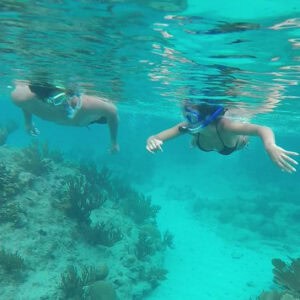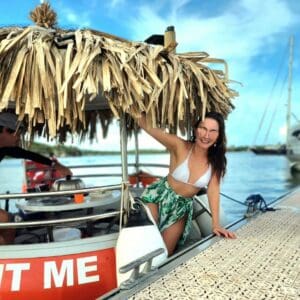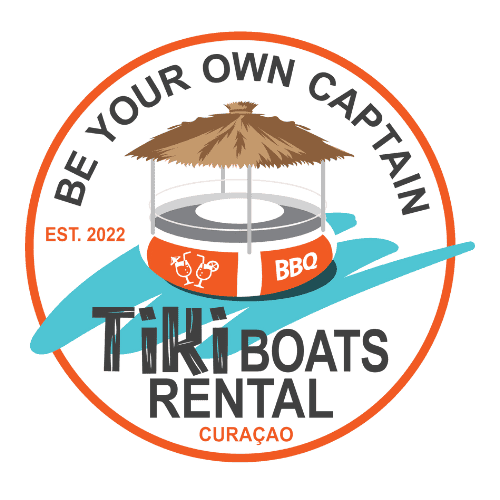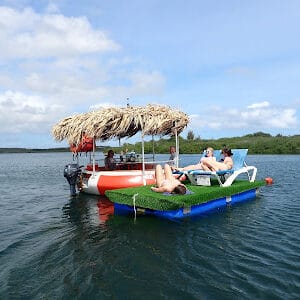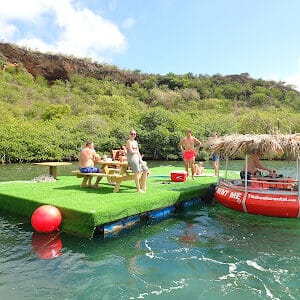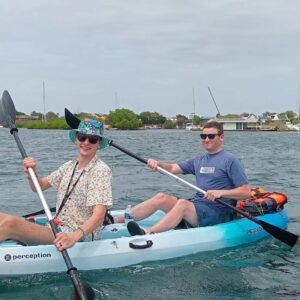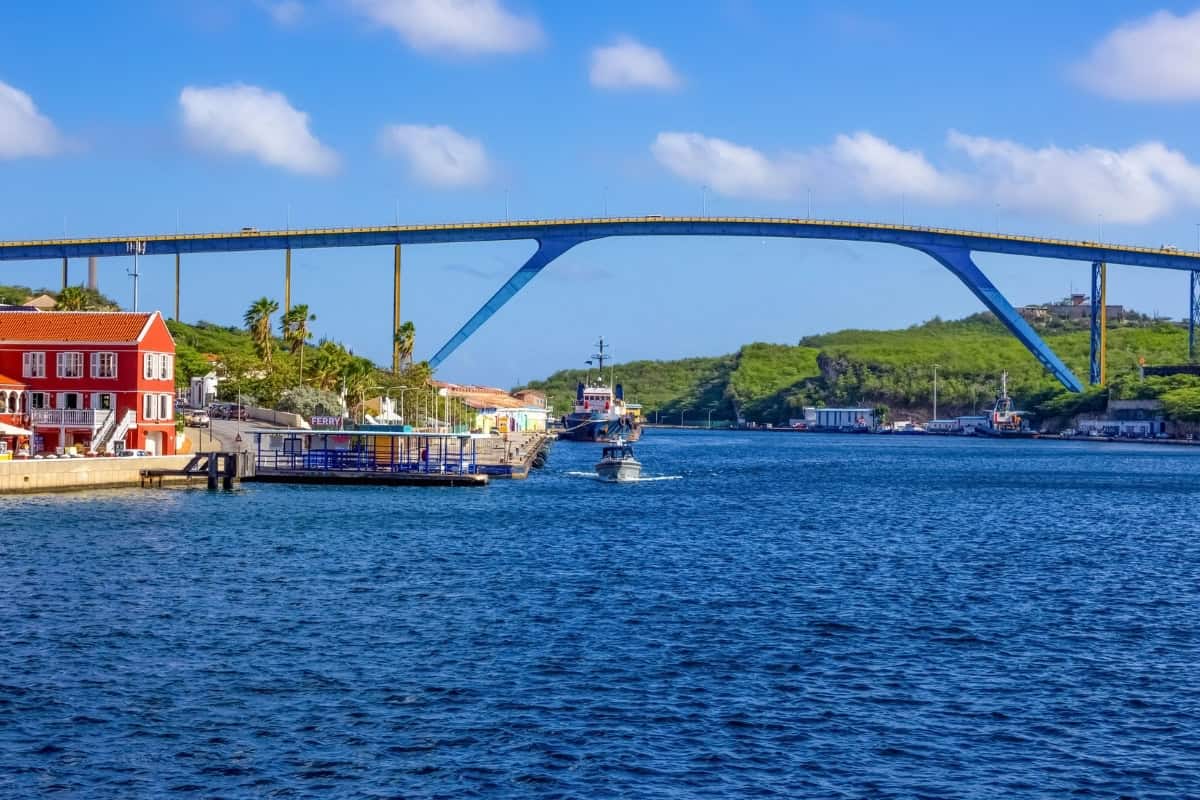
Curacao Landmarks
Curacao, an enchanting Caribbean island, is a treasure trove of historical landmarks and natural beauty. This vibrant island, renowned for its colorful buildings and rich history, offers visitors a unique blend of cultural and natural attractions. From the UNESCO World Heritage Sites in the capital city of Willemstad, such as the stunning Queen Emma Bridge and Fort Amsterdam, to the serene sandy beaches and uninhabited islands with turquoise waters, Curacao’s landmarks provide a captivating glimpse into its past and present. Whether you’re exploring the bustling urban districts with their lively shopping areas or delving into the serene beauty of Shete Boka National Park and Christoffel Park, Curacao promises an unforgettable journey through its historic city center, ancient caves, and panoramic coastal views. Discover the rich tapestry of Curacao’s heritage and the myriad of activities that make this island a must-visit destination.
Luxury car rentals in Curaçao
Experience transparent pricing and exceptional service with Rent Car Curaçao. Choose from luxury vehicles elevate your Curaçao adventure.
FAQ about Curacao Landmarks
Curacao boasts several must-visit landmarks that reflect its rich history and stunning natural beauty. Key highlights include:
- Queen Emma Bridge: This iconic floating pontoon bridge connects the Punda and Otrobanda districts of Willemstad, offering picturesque views of the city’s colorful waterfront.
- Fort Amsterdam: A historical fort in Willemstad, now housing the Governor’s office and the Fort Church, dating back to the 17th century.
- Shete Boka National Park: Known for its dramatic coastal landscapes and sea caves like Boka Pistol and Boka Tabla, perfect for nature enthusiasts.
- Christoffel Park: The largest national park in Curacao, offering hiking trails, panoramic views, and diverse wildlife.
- Mikvé Israel-Emanuel Synagogue: The oldest surviving synagogue in the Americas, featuring a sand-covered floor and a rich history.
Curacao’s historical sites offer a glimpse into its colonial past and cultural heritage:
- UNESCO World Heritage Sites: The historic city center of Willemstad, with its 18th and 19th-century Dutch colonial architecture, is a designated UNESCO World Heritage Site.
- Fort Beekenburg: Built in 1703, this well-preserved fort was used to protect the island from pirates and other invaders.
- Landhuis Chobolobo: A historic mansion where the famous Blue Curacao liqueur is produced, offering tours and tastings.
- Kura Hulanda Museum: Located in Otrobanda, this museum provides an in-depth look at the history of slavery and the African diaspora in Curacao.
Curacao’s natural landmarks are as impressive as its historical sites:
- Grote Knip: A popular beach known for its white sands and clear blue waters, ideal for swimming and snorkeling.
- Playa Kalki: Famous for its stunning coral reefs and diverse marine life, a top spot for divers.
- Hato Caves: Ancient limestone caves featuring stalactites, stalagmites, and petroglyphs from the Arawak Indians.
- Tugboat Wreck: A renowned dive site where divers can explore a sunken tugboat covered in corals and frequented by colorful fish.
For those looking to explore beyond the usual tourist spots, Curacao has several hidden gems:
- Banda Abou: The western part of the island, home to serene beaches like Playa Jeremi and Playa Lagun, known for their tranquil ambiance and excellent snorkeling.
- Seru Boca Estate: A private peninsula offering luxury accommodations and stunning views of Spanish Water Bay.
- Den Paradera: An herb garden established by Dinah Veeris, showcasing traditional herbal medicine and local flora.
Visitors to Curacao’s landmarks can engage in a variety of activities:
- Exploring Historic Districts: Stroll through Willemstad’s Punda and Otrobanda districts, enjoying street art, vibrant markets, and architectural beauty.
- Snorkeling and Diving: The island’s clear waters and rich marine life make it a paradise for snorkeling and diving enthusiasts.
- Hiking and Nature Walks: Trails in Shete Boka National Park and Christoffel Park offer scenic hikes and opportunities to spot wildlife.
- Cultural Tours: Guided tours of historical sites like the Mikvé Israel-Emanuel Synagogue and Kura Hulanda Museum provide deep insights into Curacao’s history and culture.
- Relaxing on the Beach: Curacao’s numerous beaches, from bustling Mambo Beach to the secluded Grote Knip, offer perfect spots for relaxation and water activities.
The best time to visit Curacao is during the dry season, from January to September, when the weather is warm and rainfall is minimal. This period is ideal for outdoor activities and exploring the island’s landmarks. However, Curacao’s year-round pleasant climate ensures that any time is a good time to visit, with fewer crowds and lower prices during the off-peak months.
Curacao’s landmarks are generally accessible to visitors of all ages and abilities:
- Queen Emma Bridge: Easily accessible by foot, with ramps available for wheelchairs.
- Fort Amsterdam: Located in the heart of Willemstad, accessible by foot or car.
- Shete Boka and Christoffel Parks: Both parks have well-maintained trails and facilities, with guided tours available for easier access.
- Beaches: Most popular beaches have amenities like restrooms, beach bars, and rental equipment, making them convenient for all visitors.
Before exploring Curacao’s landmarks, visitors should keep the following tips in mind:
- Stay Hydrated: Carry water, especially when visiting outdoor sites like Shete Boka and Christoffel Park.
- Sun Protection: Use sunscreen, wear hats, and bring sunglasses to protect against the strong Caribbean sun.
- Comfortable Footwear: Wear comfortable shoes for walking and hiking, as some sites require navigating uneven terrain.
- Respect Local Culture: Be mindful of local customs and traditions, especially when visiting religious sites like the Mikvé Israel-Emanuel Synagogue.
- Plan Ahead: Check opening hours and availability of guided tours to make the most of your visit to each landmark.
We offer everything you need in order to find the best activities and locations that will upgrade your stay from great to perfect! Whether you are looking for ‘the best’, ‘the best value’, ‘the closest’ or a specific additional service. Like restaurants offering free Wifi, a dive school with transfer service, or the companies who are experienced in hosting and facilitating weddings. We have all the information!
We share information and the best offers with our subscribers.

